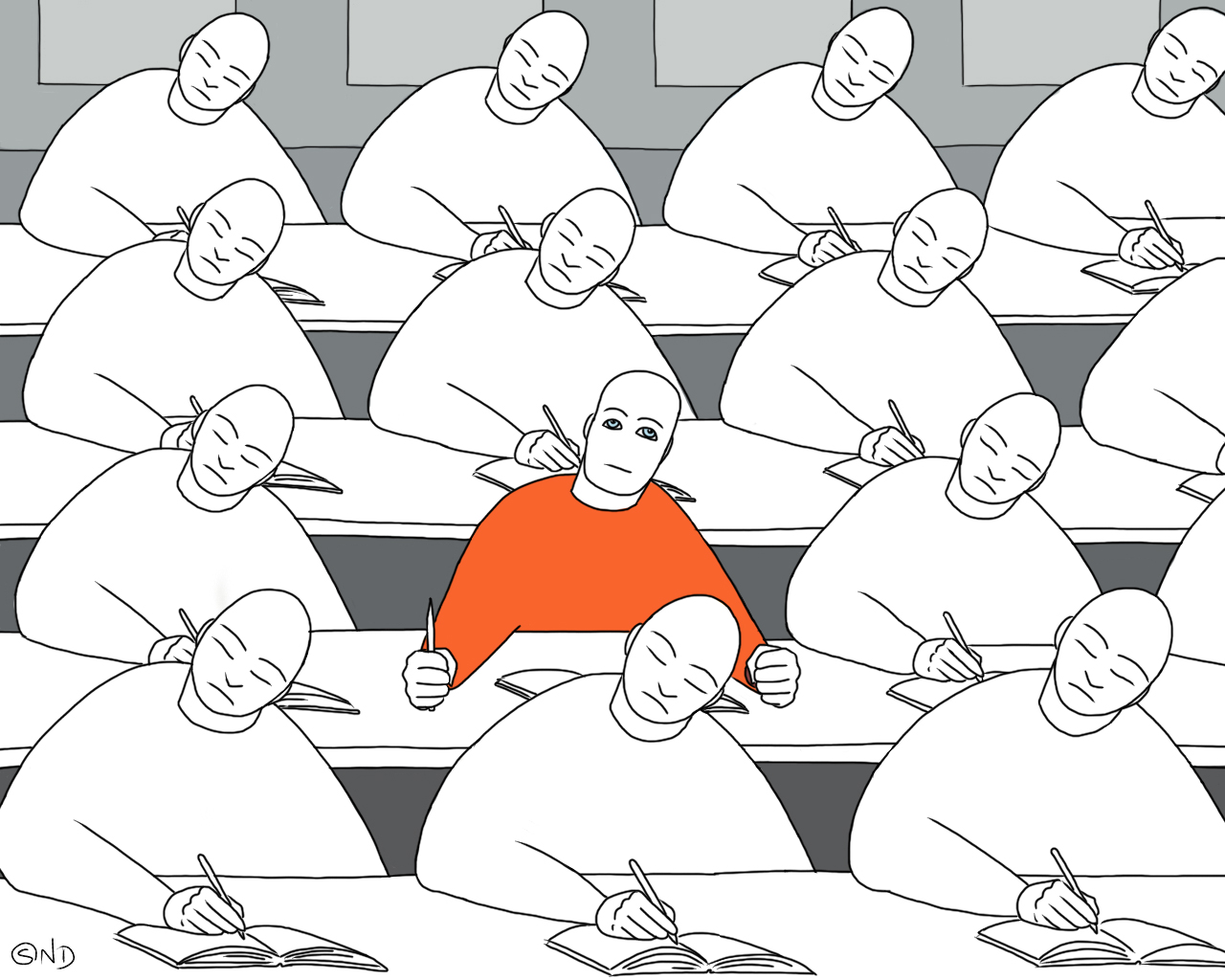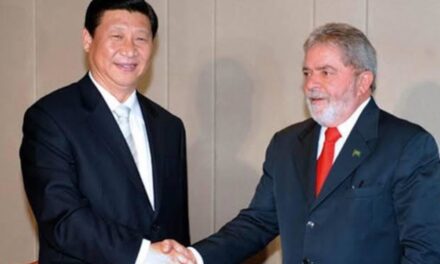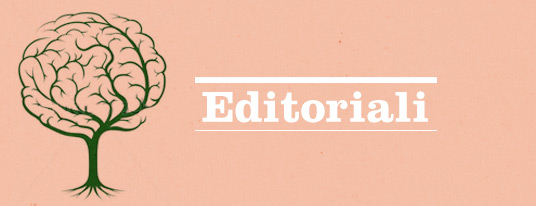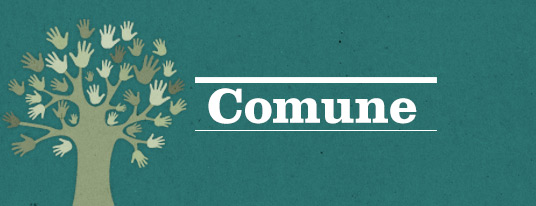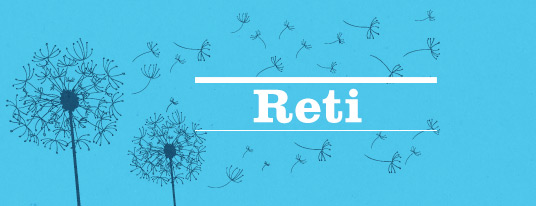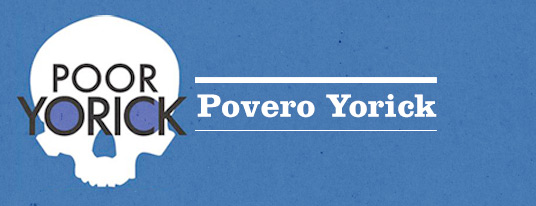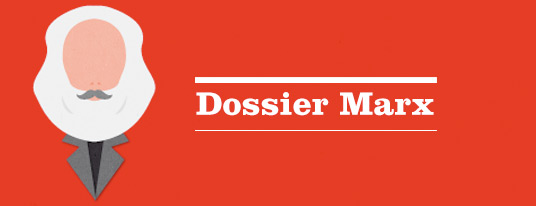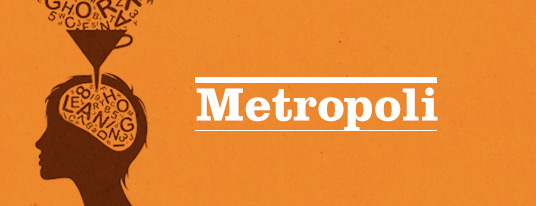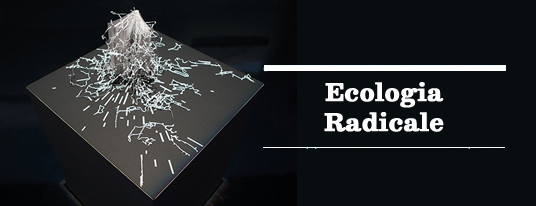di ALEXEI PENZIN
Pubblichiamo nel Dossier Mondo quattro articoli in inglese che narrano la composizione delle lotte in Russia dal 2011 al 2013 e come esse si siano scontrate con la riforma dello Stato e delle strutture comunicative del Paese sotto la ferrea linea di Putin. Molto interessanti sono le piste che in questi articoli emergono relativamente alle nuove forme di produzione di soggettività che in queste lotte si sono date. Gli articoli sono stati pubblicati sulla rivista americana The South Atlantic Quarterly (113:1, Winter 2014 nella sezione Against the Day. [EuroNomade]
This edition of Against the Day is focused on the ongoing protests in Russia, which started in early December 2011 with the spontaneous mass con- testation of parliamentary electoral fraud. The political tumult then con- tinued with protest rallies, unprecedented since perestroika, with breath- takingly fast mobilization via social networking, and with a one-week occupation of a central Moscow square, marking the movement’s peak of intensity, which followed after clashes with riot police during a rally on May 6, 2012. The occupation and further actions by protesters were smashed by a repressive and excessive police response; arrests and reactive “legal measures” limited the already narrow access to a public sphere and de facto criminalized most of the means of protest that had previously been possible.
In early summer 2013, as of this writing, the movement is in a latent phase. Although the movement was still active through winter 2012 and in 2013 and gathering relatively big rallies, it manifested itself in weaker and more dispersed forms. Further, the movement’s short time span was altered by a change of emotional tonalities: the overwhelming enthusiasm and euphoria of the first months of protests developed into melancholic feelings and an awareness of the many lost possibilities, accompanied at times by violent outbursts of self-criticism or the mutual attacks of former political allies. At the same time, there is a strong feeling that—for all its abruptions and deadlocks, and in spite of the forced and brutal “return to normalcy” imposed and proclaimed by Vladimir Putin’s spokespeople and servile official media—the present cycle of struggles is still open to new upsurges, and its experiences are invaluable as a means of preparing for events to come.
Of course, this very brief and abstract preliminary fabula needs to be unpacked, concretized, analyzed, historicized, and connected with the tre- mendous chain of global rebellions against the different versions of neolib- eral capitalism that marked the early 2010s internationally. Most interpreta- tions of Russian current events in the local and global mainstream media— and even in more serious scholarly publications—create a stereotypical pic- ture framed by liberal narratives or focus exclusively on resonant and spec- tacular cases, such as the Pussy Riot story. This story is indeed exceptional and worthy of attention, but it eclipses many other exceptional stories, like the brutal arrests of activists, more than twenty of whom now await trial, accused of “high treason,” “extremism,” “organization of disorder,” and of other paranoid phantasmagorias fabricated by a specially formed Investiga- tive Committee of Russia. The protest movement has usually been depicted as a struggle with an authoritarian regime, as a fight for various freedoms (of speech, gatherings, etc.) waged by a rising urban middle class striving for political recognition. Although this might appear to be a defensible argu- ment, such an explanation does not elucidate the truly new things that were achieved by the constitutive power of the protesters.
The current political situation in Russia requires a deeper analysis, and several researchers and activists from the new Moscow leftist scene provide this in the following essays. The general aim of these texts is to challenge the hegemonic representations of liberal political language and to demonstrate a different and radical perspective on the process. The three contributions that constitute the section cover the most important analytical registers—political, social, cultural, and historical—of what happened in 2011 and 2012 and what continues to happen with the protest movement in Russia.
The authors here—Ilya Budraitskis, Ilya Matveev, and Maria Che- honadskih—analyze local metastases of representative democracy, emer- gent political subjects of protest, and struggles for hegemony over the defi- nition of the movement’s driving forces and relations with different parts of Russian society. All three authors, through the different lines of their analyses, stress several common points important for understanding con- temporary Russian society, politics, and the recent protests. First, the main issue is not the current symbolic name of the regime (Putin), but the immediate historical past and its ongoing antagonisms: the dark flip side of the “postcommunist transition,” which included privatization, neoliberal shock therapy, and the real shock, the impoverishment and disorientation of the whole society, which instilled it with apathy and a mistrust in collective interests worthy of struggle, as well as the proliferation of extremely infor- malized, unprotected, and precaritized labor. The second feature is the manipulative and “managerial” approach to politics in the ruling elites, which is realized in the practice of direct control over political forces and embodied in the system of official media. It is not fully a stereotypical authoritarianism, but rather, some significant displacement of this para- digm (a variant of the neoliberal state, Budraitskis calls it, following David Harvey). Third, though the authors briefly mention the use of social net- working as an alternative, noncentralized organizational and intellectual platform, it is worth stressing its importance in Russia, as in other recent mobilizations in the world. For example, the first spontaneous protest meet- ing on the day after the elections, on December 5, 2011, around seven thou- sand protesters gathered;1 this became possible after a civic activist, one of the electoral observers who were outraged by what happened at the voting stations, posted an event invitation on Facebook. Finally, the protests gave birth to the highly specific and heterogeneous constitution of the subject of struggle. This heterogeneity manifested itself in its complex social com- position, the range of usually contradictory political positions and programs involved in the movement, and the different tendencies in its organization, which reflect both grassroots activism and the attempts by self-proclaimed leaders to appropriate the movement’s energies.
These three authors also address the particular role played by the idea of democracy in the mobilization of the protesters—in its different modifications, from an idealized “fair representative democracy” to the direct democracy of assemblies. To generalize this in more theoretical terms, the conditions and hidden antagonisms of the “managed democracy” regime have radically transfigured the banal and routine procedures of elections, which, after being distorted and falsified by obedient functionaries, have finally become overdetermined, to use an Althusserian term. Thus, this oth- erwise flat technical procedure has concentrated in itself, as in a huge lens, not only some general modern problems of political representation but also disgusting, outrageous social and economic inequalities, a multiplicity of informal and coercive power relations, and all sorts of everyday violence, fraud, and humiliation common in this concrete society of post-Soviet cap- italism. In addition to having general structural problems, by being cynically “managed” from above, Russian representative democracy has become an exact symptom, a cryptogram, or a hieroglyph of real democracy. That is why managed democracy exploded, and this, probably, marks both the spe- cific position of the current Russian political conjuncture in the global pro- tests and its universal meaning.
And that is also why “managed democracy” should not be exoticized as something peculiarly “Russian,” as it often is by international journalists, scholars, and intellectuals. In just two decades, the “transition to democ- racy” transformed a huge country with a society that once proclaimed equal- ity as a universal communist project (in reality, of course, Soviet society was only relatively equal, since many privileges went only to the “nomenklatura” and since oppressive and anti-democratic limitations constrained the popu- lation) into the most unequal country in the world.2 Although this paradoxi- cal “achievement” of the transition is rather hidden, it is symbolic. A “case” like that of Russian managed democracy—in which such a level of inequality was kept within such a huge and diverse country without political explosion for such a long, albeit limited, amount of time—is indeed impossible without an exceptional, devious, and truly inhuman “management.” But in the age of biopolitical governmentality in which we live, any “really existing democ- racy” (to play on the unforgettable label of Soviet “really existing socialism”) is “managed” in this or that manner, whether more openly, shamelessly, and cynically or in more sophisticated, sly, and hypocritical modalities. For this reason, the “Russian case” reveals something genuine, important, and uni- versal in our contemporaneity. This paradigm clearly demonstrates that any of today’s “really existing democracies” within global capitalism has its own limits of manageability. And that at some point beyond this limit a whole new global political reality can come into being.
Beyond the dense and intelligent content of the presented essays, it is worth emphasizing the singular epistemological-political conditions under which they were produced. Though they are written rather post factum, in a distanced and “cold” analytical style, all the authors themselves were and still are active and passionate participants in and/or commentators on the movement. A couple of stories and personal trajectories should be added to highlight some moments of this participation—to give the reader more affective insight into the “genuine political event” (Matveev) of the protests and the subjective assumptions of these essays.
In October 2011, two months before the December explosion, Budraits- kis, a longtime spokesperson for the Russian Socialist Movement, one of the most visible organizations of the radical Left, organized a discussion at a bookstore. Inspired, as many of us were at the time, by Occupy Wall Street and the indignados in the United States and Europe, Budraitskis and his fel- low organizers dedicated the event to the question, “Is it possible to occupy Moscow?” A different balance of possible and impossible marked this moment, and the attempts to organize small-scale occupations that followed this meeting were not successful. Indeed, they seemed unrealistic. A good American friend of ours, active at OWS and in Moscow at the time, was also skeptical, given the general level of depoliticization in Russian society and the dispersed and unorganized state of the local leftist scene. Biblically refer- ring to the “several generations of activists” whose work made possible the occupation of Zuccotti Park, he was surprised and glad to be proven wrong only several months later in December 2011, when rallies of one hundred thousand citizens became a political reality in Moscow. Matveev, also an activist in the Russian Socialist Movement, joined the self-organized collec- tive Research in Politicization, which was formed as an alternative to the lib- eral sociological mainstream and which produced an important empirical body of knowledge during the mass rallies that followed.
Chehonadskih, working as a theorist and critic in the field of contempo- rary art, cofounded the Union of Cultural Workers in May 2011, which for the first time raised the question of precarity and drew attention to the urgency of self-organization in the post-Soviet cultural scene. She helped organize artist interventions within the big protest rallies that began in December 2011, including the production of posters, banners, and small human-microphone sessions and assemblies. On my balcony I still keep a protest poster from the Angry Sandwich People performance by the Chto Delat group in 2005. The performance was based on a poem by Bertolt Brecht, and made in memory of the centennial anniversary of the first Russian revolution of 1905. At that time, our dreams about the repoliticization of society seemed a marginal artistic and intellectual extravagance. The memorial sandwich banner of 2005 was finally reused in this intervention in the mass of one hundred thousand indignant politicized citizens rallying at the end of 2011.
In February 2012, at a big rally in the -25–degree Russian winter, I was one of many people carrying the long red banner devised and manufactured by the Union of Cultural Workers. The banner stated, “Are cultural and edu- cational workers middle class? Working day = 24 hours, average income = payment for renting an apartment! We are not middle class!” Another two slogans, created in this mass laboratory, were no less symbolic and impor- tant. “Democracy has become unmanageable!” This sarcastic challenge to Putin’s notorious managed democracy was a true diagnosis of that moment. “You cannot even imagine/represent us!” (“Vy nas dazhe ne predstavlyaete!”) was another slogan, coined by a radical Saint Petersburg student and artist group around the same time. Playing on the Russian verb with the double meaning of both “to imagine” (“you—those in power—don’t know who we are and what we are capable of!”) and “to represent” (“you—those in power— don’t represent us at all!”), it has become widespread as the most striking expression of the radical part of the movement.
Finally, in May 2012, abruptly, the impossible became possible. Half a year after those pessimistic responses to the question, “Is it possible to occupy Moscow?” we staged our occupation of a square in the center of the Russian capital—actually, the first occupation in post-Soviet history. Together with many friends, including all the contributors to this section, we became a part of Occupy Abai, one vibrant week of encampment, of continual meet- ings of hundreds of people, of mass assemblies and seminars, of the produc- tion of informational letters and leaflets, of doing so many other things that constituted this short-lived, round-the-clock commune. The camp survived for just one week before it was brutally evicted by riot police and became nomadic and dispersed, but it still continued at several spots around the city for a couple of weeks. This month became a true school of the possible for us all—an overwhelming autonomous temporality, a production of subjec- tivity, an absolute democracy! Joy, astonishment, and new knowledge mixed. At least for this brief moment, they became not just another constellation of highbrow philosophical concepts but a living collective reality and practice, a glimpse of a different future.
Notes
On behalf of the “Moscow part” of this publication project, I would like to express our enor- mous gratitude to our American friends and colleagues, Marijeta Bozovic and Katharine Holt, for their substantial work editing and commenting on the contributions that constitute this section, as well as translating Ilya Budraitskis’s article, and for their unfailing support, understanding, and solidarity.
- 1 The scale was unprecedented—for many years previously, a protest meeting could be considered “very successful” if it gathered a couple thousand.
- 2 More precisely, the level of inequality in the distribution of national wealth in Russia has become the second in the world, after the Caribbean islands, according to the Credit Suisse “Global Wealth Report 2012”: “Excluding small Caribbean nations with resident billionaires, wealth inequality in Russia is the highest in the world. Worldwide there is
168 The South Atlantic Quarterly • Against the Day • Winter 2014
one billionaire for every USD 194 billion in household wealth; Russia has one billion- aire for every USD 15 billion. Worldwide, billionaires collectively account for less than 2% of total household wealth; in Russia billionaires own 30% of all personal assets” (Credit Suisse 2012: 53). These features are more than telling.
Reference
Credit Suisse. 2012. “Global Wealth Report 2012.” https://infocus.credit-suisse.com/data /_product_documents/_shop/368327/2012_global_wealth_report.pdf.




